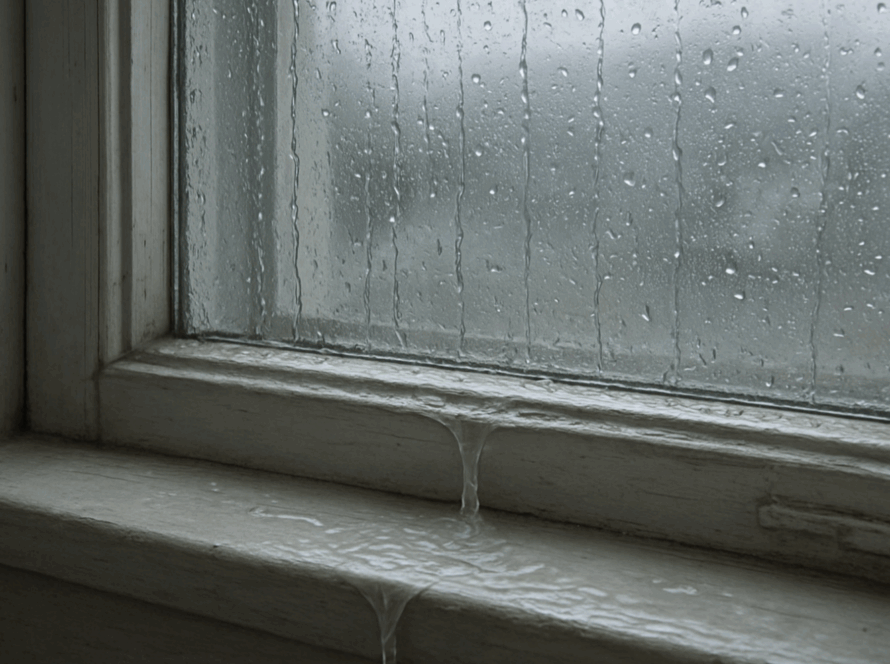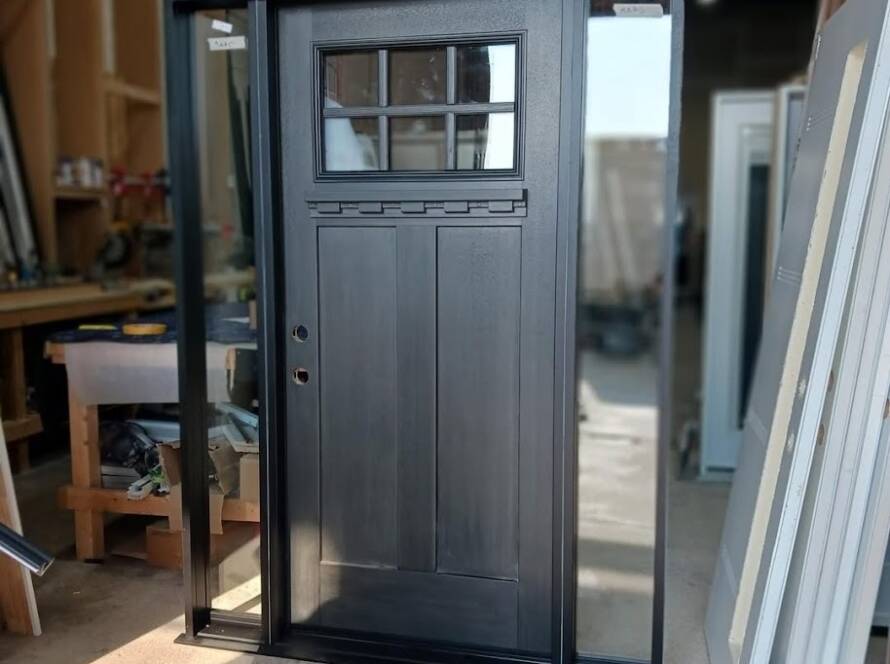Patio Door Frame Comparison: PVC vs. PVC Wrapped Wood
When selecting a patio door, the material used for the frame is one of the most important decisions you will make. The frame is not only responsible for holding the large glass panels in place but also for ensuring the overall strength, insulation, and long term durability of the door. Two common choices in the market are hollow PVC frames and PVC wrapped wood frames, each with distinct characteristics.
Standard PVC patio door frames are typically hollow inside. This design makes them lightweight but also means they are not strong enough on their own to carry the weight of large glass panels over time. To address this, manufacturers often insert steel reinforcements inside the frame. While this steel provides the needed structural support, it also introduces a drawback. Steel acts as what is known as a thermal bridge, which means it allows heat to pass through it easily. In practical terms, this can lead to greater heat loss through the patio door, making it less energy efficient.
Wood naturally offers a better balance between strength and insulation. Its structure provides solid support for the weight of the glass while also serving as a more effective insulator than steel. However, wood on its own has its vulnerabilities. Exposure to changes in temperature and humidity can cause it to warp, split, or even rot over time. This is where the PVC wrapping comes in. By encasing a wood frame in unplasticized PVC, you get the best of both worlds. The wood core maintains strength and insulation, while the PVC exterior shields it from moisture, UV rays, and other environmental factors. This protective outer layer also means the frame requires little maintenance, with no need for painting, staining, or applying harsh preservatives.
High quality PVC wrapped wood frames are often made using finger jointed wood. This method involves joining shorter pieces of wood together in a way that minimizes the natural tendency of wood to warp. The result is a more stable and durable frame. Manufacturers can further enhance the performance of these frames by incorporating energy efficient glass and constructing the threshold from a single continuous piece, which reduces both the risk of breakage and unwanted heat loss.
Taken together, these features make PVC wrapped wood frames a superior choice compared to hollow PVC frames with steel reinforcements. They offer stronger structural integrity, better insulation, and greater long term stability. For homeowners seeking a patio door that will perform well year after year, even in challenging climates, PVC wrapped wood frames stand out as the more reliable and energy efficient option.




